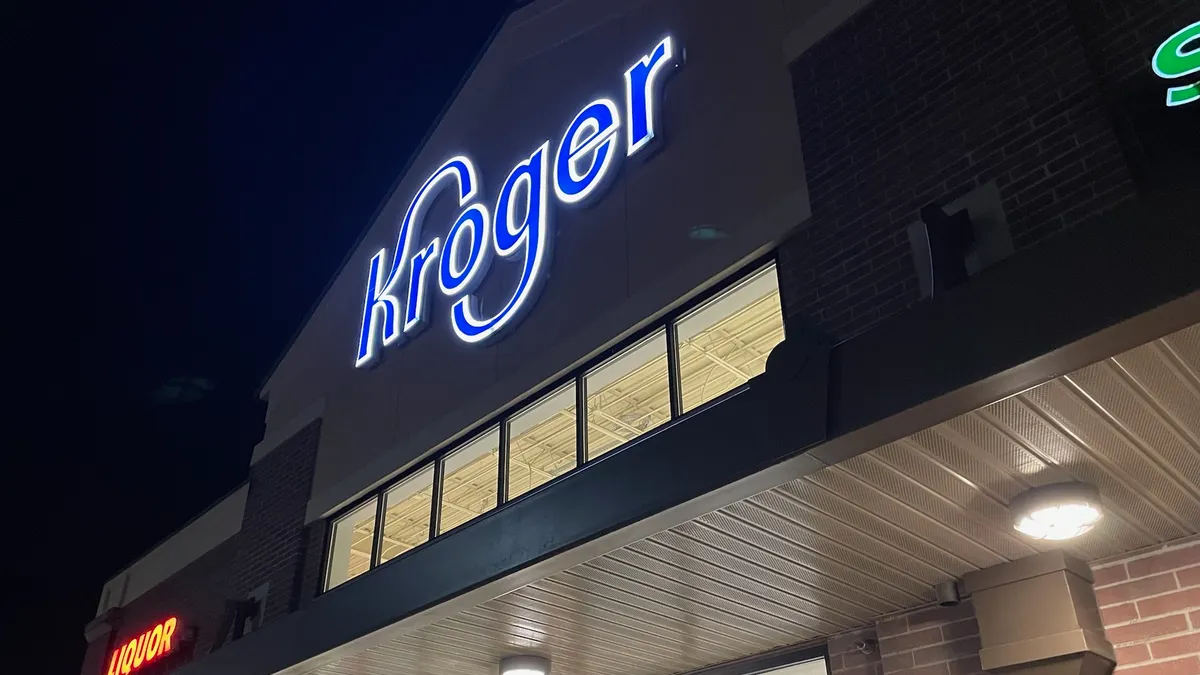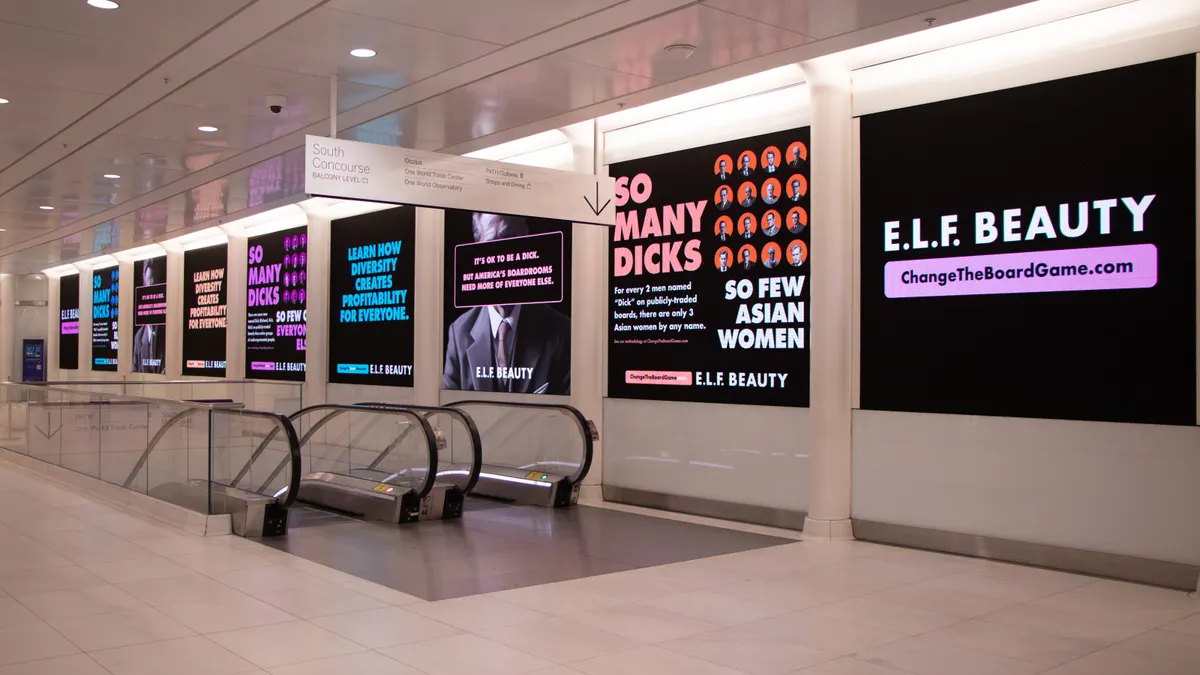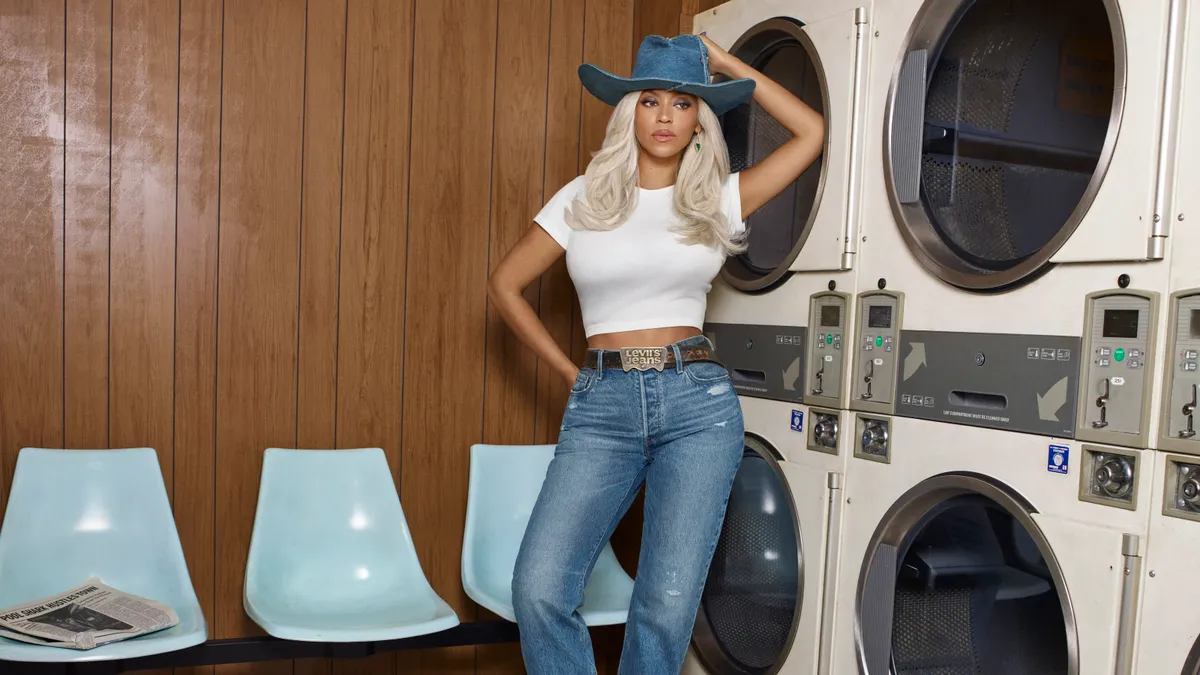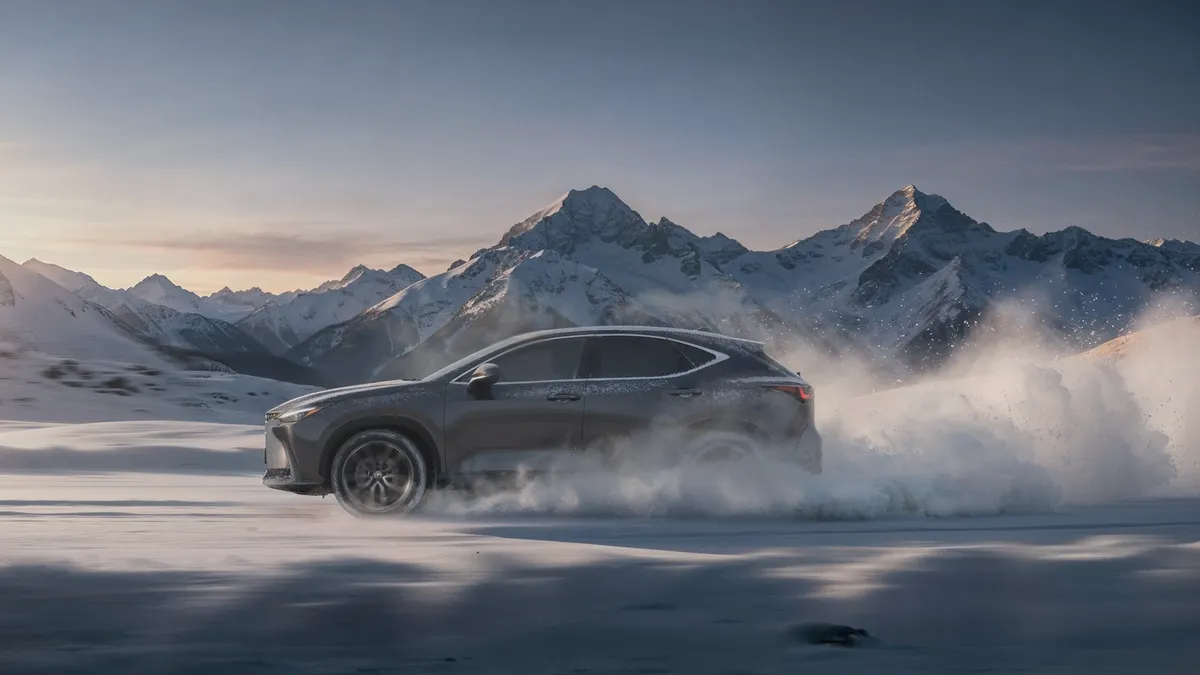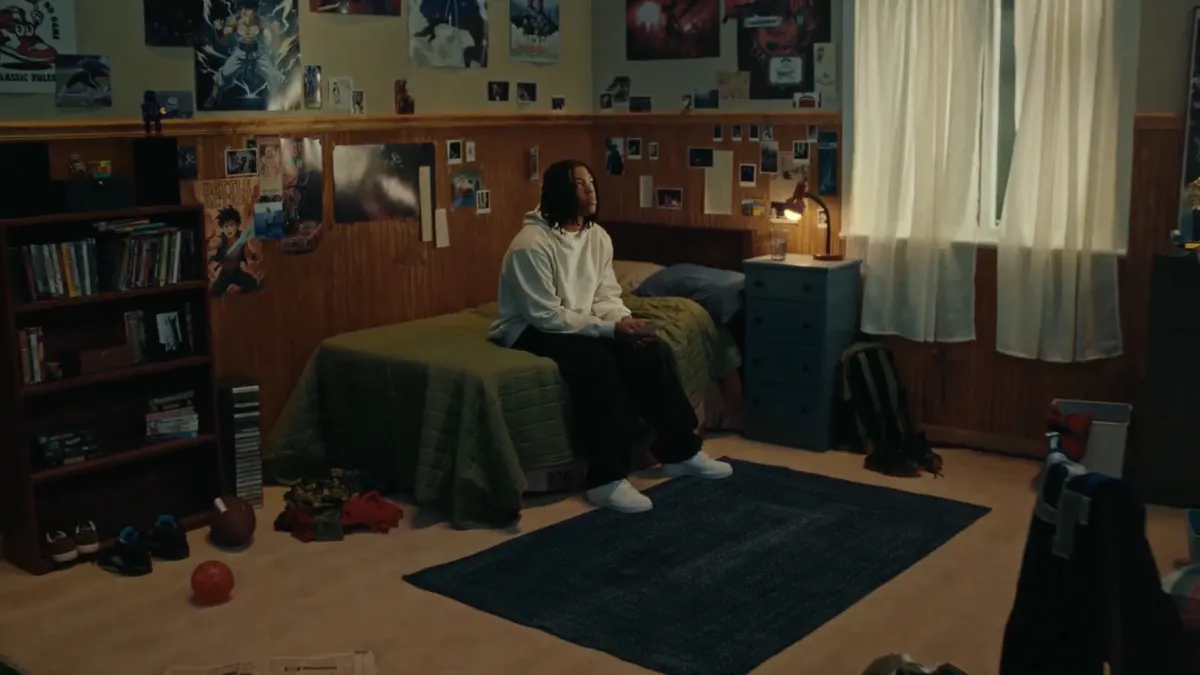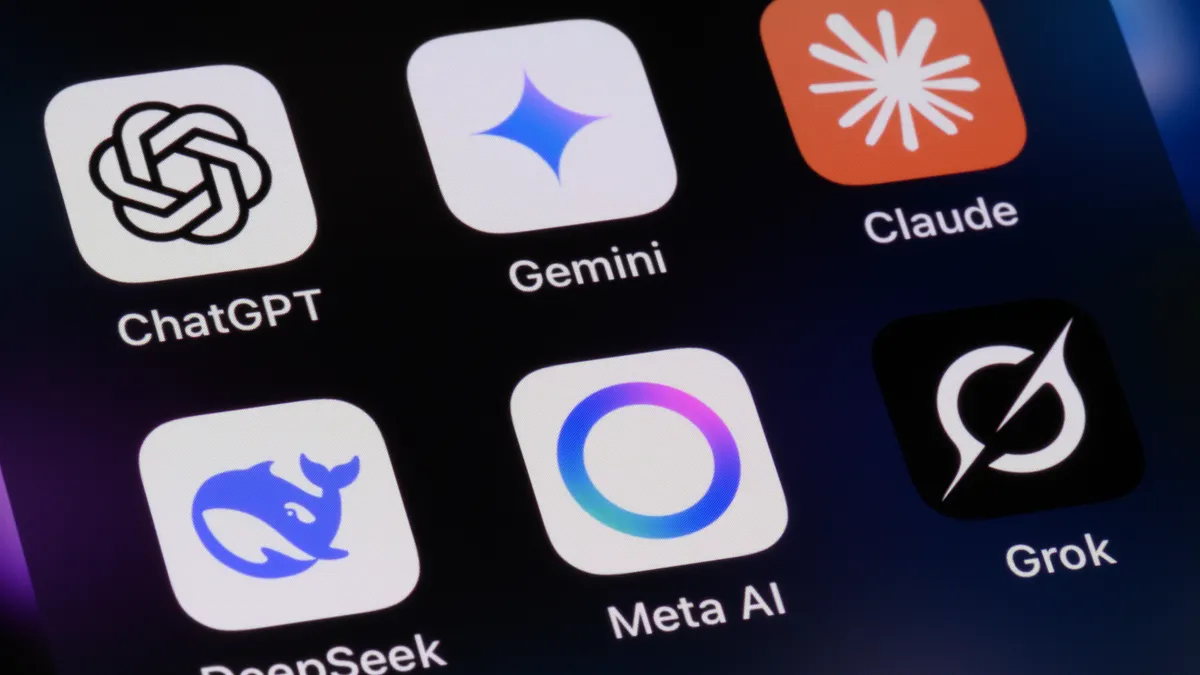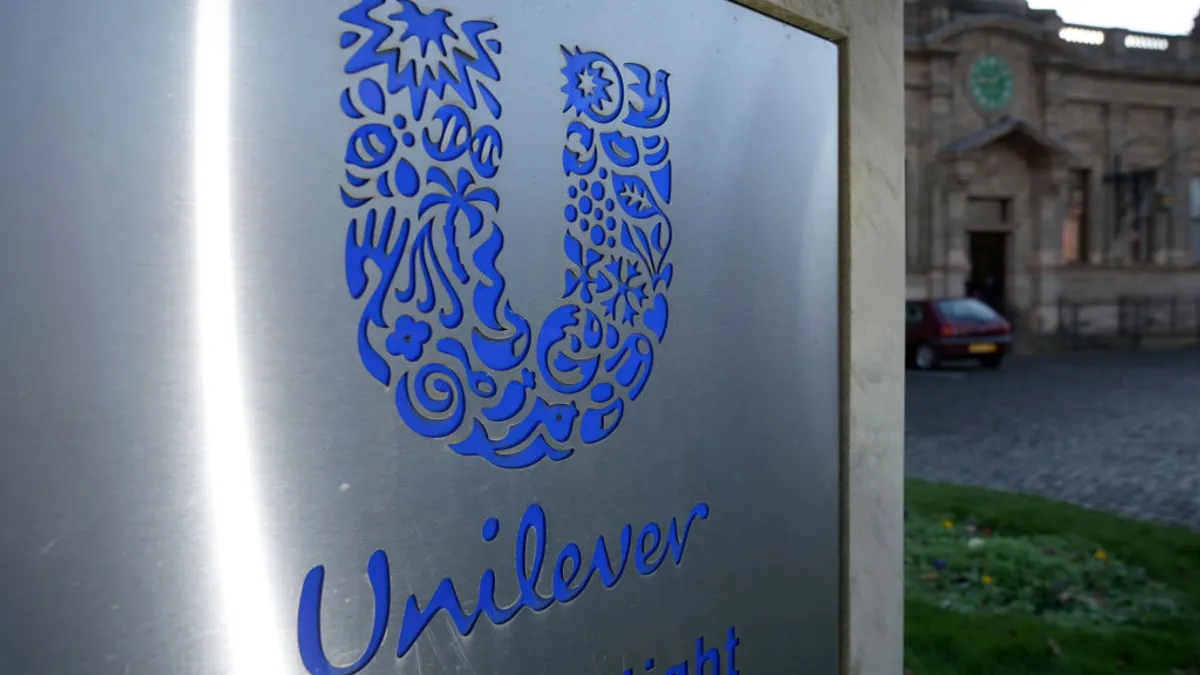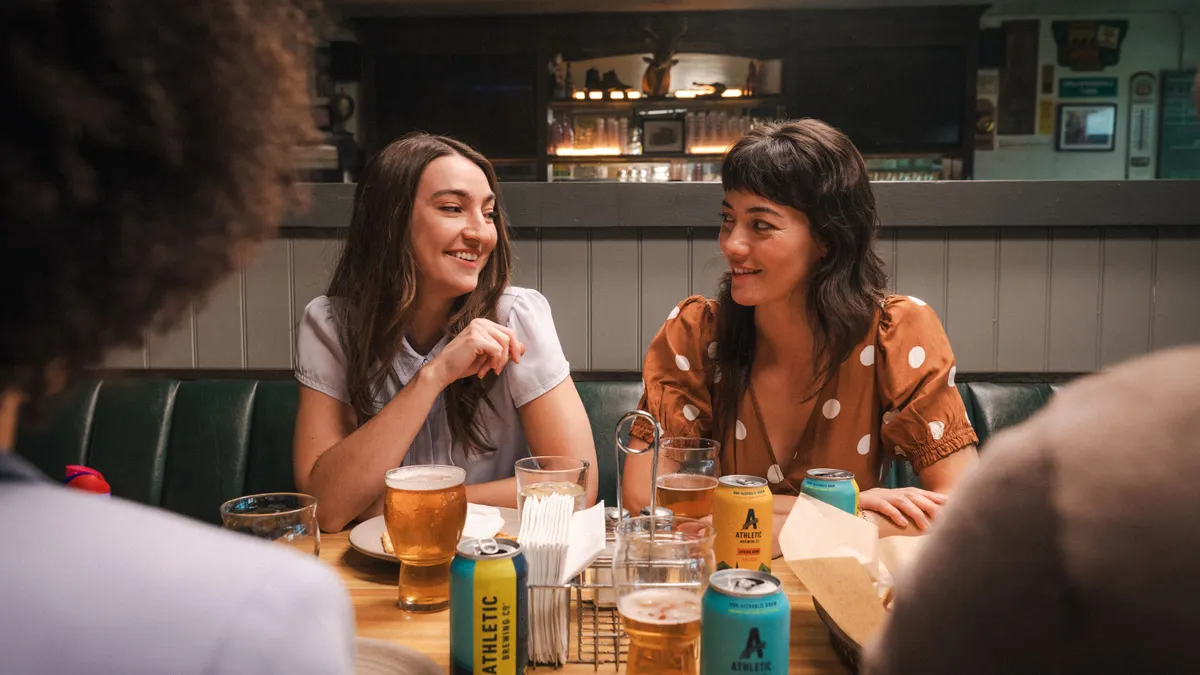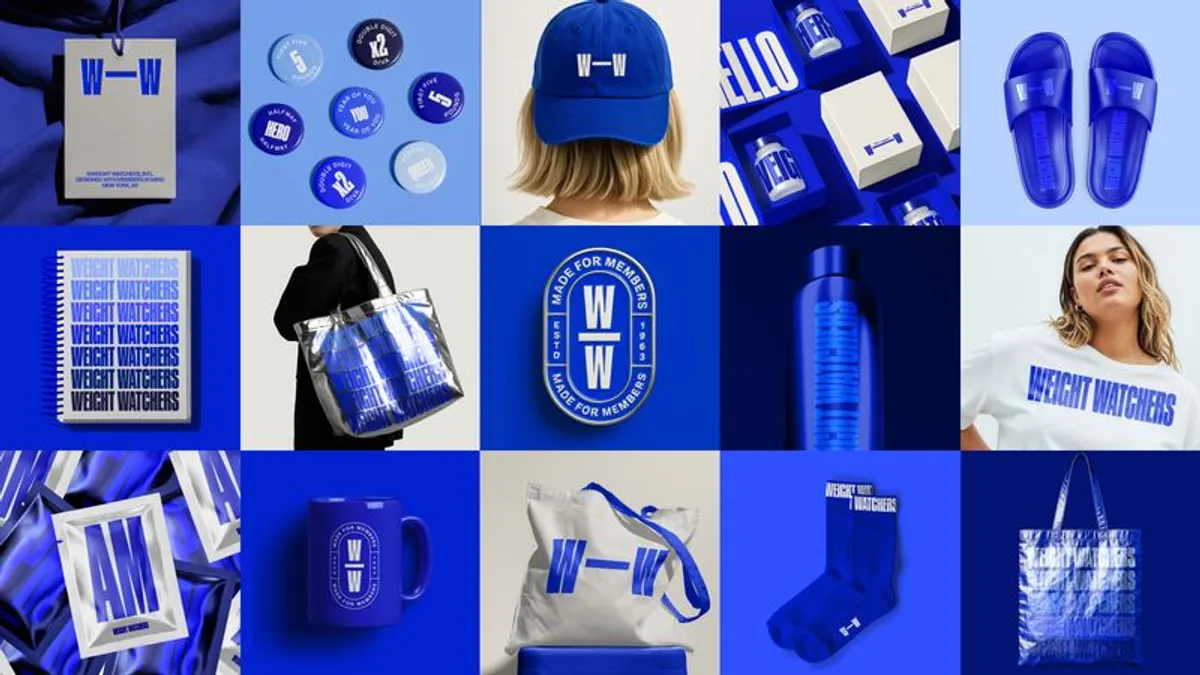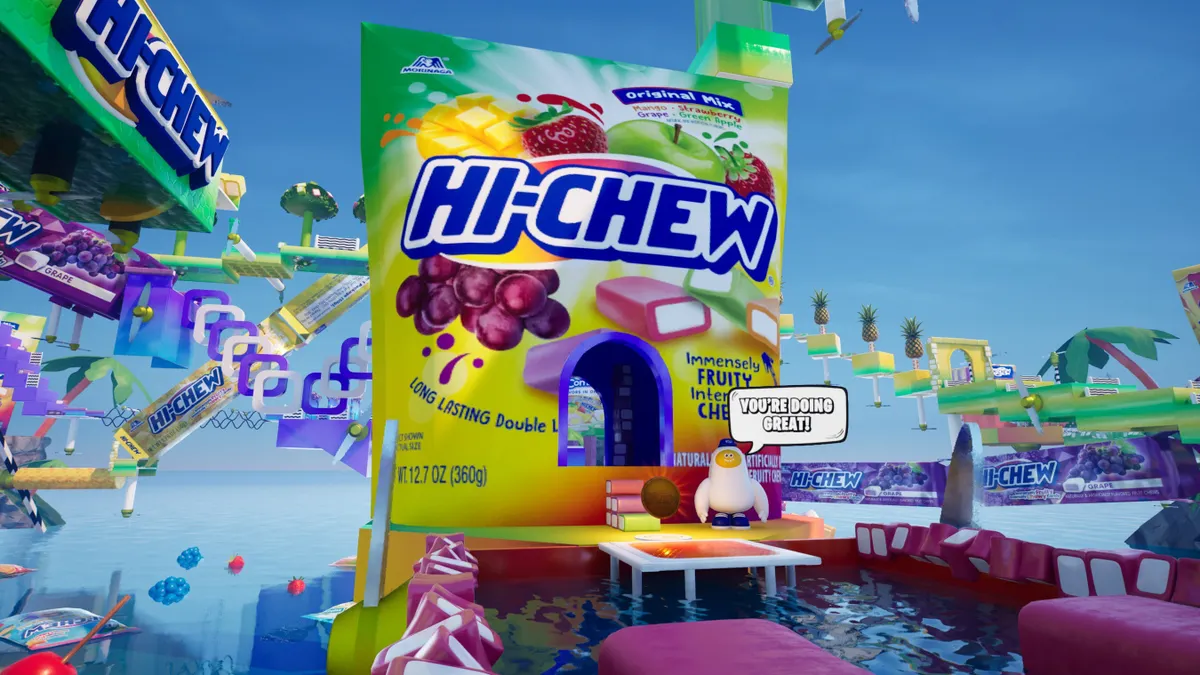The Kroger Company has been in the grocery business since 1883, and for the past several decades, has increased its footprint by merging with chains that have equally deep roots, including King Soopers, Fry’s, Fred Meyer and Ralphs. To bring the family of brands closer together, Kroger in 2021 unveiled an enterprise logo, the citrus-inspired “Fresh Cart,” that spans its brands.
Visuals are only one part of Kroger’s brand experience, especially in a grocery category where touch, taste and smell are equally potent. And earlier this year, the company added the fifth sense to its toolbox with a new sonic ecosystem that is now part of its external and internal brand experience.
“We wanted [the sonic logo] to be more than just an advertising jingle — that was never the spirit. We wanted for it to act as a cue to the customer experience. We always intended from the beginning that we were going to use this in many different ways, beyond just traditional paid advertising,” said Tom Duncan, the vice president and head of marketing at Kroger.
Kroger’s sonic logo, a sunny, jazz-inspired melody, was designed to be emotionally warm while also distinctive and flexible, Duncan explained. As the Fresh Cart appears in paid advertising, owned channels and retail touchpoints, Kroger’s new sonic identity will be deployed across multichannel advertising, retail environments, hold music, events and internal communications.
“There's a lot of research and science that shows that the more senses that you can engage, the better recall, attribution and emotional impact that you have in your experiences, both advertising and otherwise,” the executive said.
Making the brand
The company responsible for taking that research and science and turning it into a sonic ecosystem for Kroger was Made Music Studio, a company founded in 1995. Despite all those years in the space, Made Music executives are still surprised when marketers don’t understand the nuance of sonic branding.
“It's surprising to some folks, that it's not just those little mnemonics that you hear at the end of a commercial or a jingle — it's actually a sonic system that we craft very strategically,” said John Taite, executive vice president of global brand partnerships and development at Made Music. “It really has to make people feel a particular thing about a brand, product or experience.”
When crafting a sonic ecosystem, Made Music staff attempt to be “musical detectives” or “musical method actors,” considering what the brand means to consumers, its impact on culture, and how sound complements its visual branding. The studio keyed in on the idea of a brand with one foot in the past but one foot in the future that leans on history but has a modern place in consumers’ lives.
“The instant feeling that you get [from the sonic logo] is something that's fresh, friendly, relatable. There's an inherent playfulness in it. It's very upbeat, it's got modern instrumentation in it. There's a hint of history with a little bit of jazz,” Taite explained, noting that the riff also includes a musical blue note in a nod to Kroger’s iconic brand color.
“We try to get a sense of the brand essence, what it means to them. What is that brand truth, that unique feeling that sets it apart in their minds and in the minds of consumers? We're always trying to get to that point where we're uncovering the inevitable sound of a brand — a sound that just really couldn't sound like anybody else,” Taite added.
Like everything else developed and deployed by marketers, sonic branding must help a brand reach its goals and KPIs. Made Music worked with researchers at Sentient Decision Science and discovered that Kroger’s sonic identity tested as one of the best the studio has ever tested with the firm. That finding gives Kroger and Made Music confidence as the sonic identity is rolled out in advertising and beyond.
“The more you hear it, the more you'll love it, the more it will feel like it's always been in the market,” Taite said. “Every piece of sound that somebody interacts with leaves an impression, whether it's intentional or not. Modern brands need to be prepared to meet those hard-to-reach audiences, certainly Gen Z customers, when they're consuming content.”


